Bartini VVA-14
Modelsvit's 1:72 scale kitHistory
The Bartini VVA-14 was designed by Italian emigre Roberto Bartini as a vehicle that could take off and land vertically on any surface – land, sea, ice & snow – by means of its twelve lift engines and inflatable rubber floats – thereby doing away with the need for wheels and a concrete runway.
Two Solovyev D-30M turbofans rated at 8,700 kgp (19,180 lb st) mounted above the centre of the rear fuselage provided forward thrust and twelve Kolesov RD36-35PR lift engines were to be fitted into the deep fuselage section between the floats to confer a VTOL capability.
The unusual configuration was chosen to enable movement in ground effect – although it was not strictly speaking an ekranoplan.
Various roles were proposed for the vehicle – including Anti-Submarine Warfare (ASW) Search And Rescue (SAR) and satellite recovery.
As Bartini had no production facilities, the machine was built at the Beriev plant at Taganrog and, because neither the specified lift engines were available, nor the inflatable rubber floats, the machine was initially tested in conventional flight from a runway on 14 September 1972 – by means of a temporary undercarriage comprising the nose and one main gear taken from a Tu-22 with outriggers provided by a Myasischev 3M bomber.
The machine made a number of successful flights in this configuration, before finally being fitted with the rubber floats.
Testing continued - with the floats being inflated and deflated both in the air and on the ground - and it was also demonstrated on its inflated floats on water – although it could not take off from water due to the flexible nature of the rubber floats.
By mid-1975, the VVA-14 had made a total of 107 flights but the lift engines were never made available, so Bartini decided to fit two D-30V booster engines flanking an extended forward fuselage to provide a ground effect cushion.
The rubber floats were replaced with rigid stepped floats with the intention of turning the machine into an ekranoplan – for which it was re-designated 14M1P.
Following the death of Bartini, interest in the machine waned and despite trialling a number of fixes , the 14M1P stubbornly refused to achieve flight in ground effect.
Model
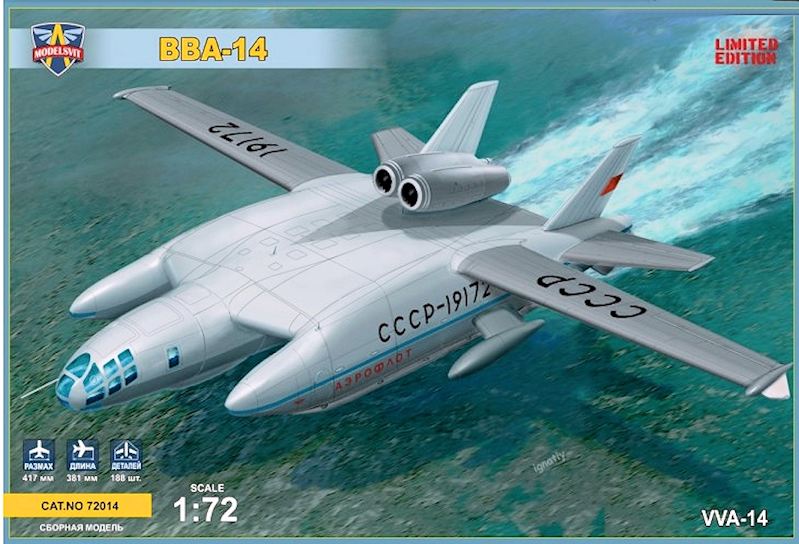
The striking box art showing the VVA-14 skimming across the waves - not quite right!
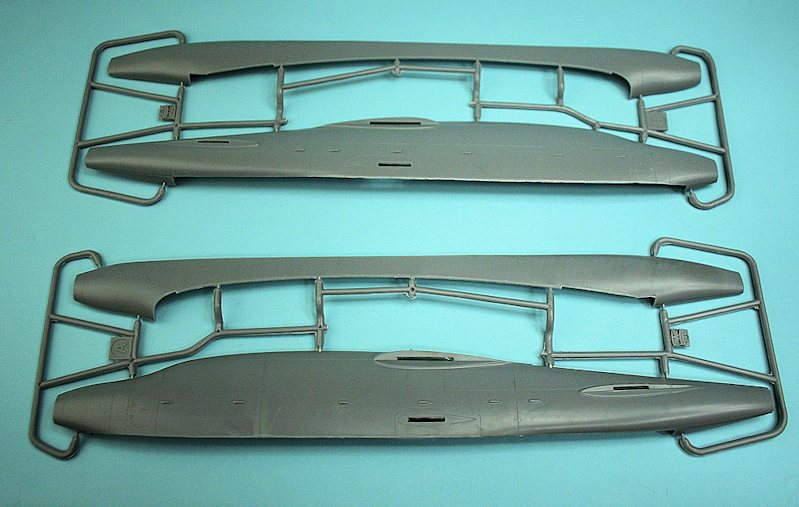
Parts for the side sponsons.
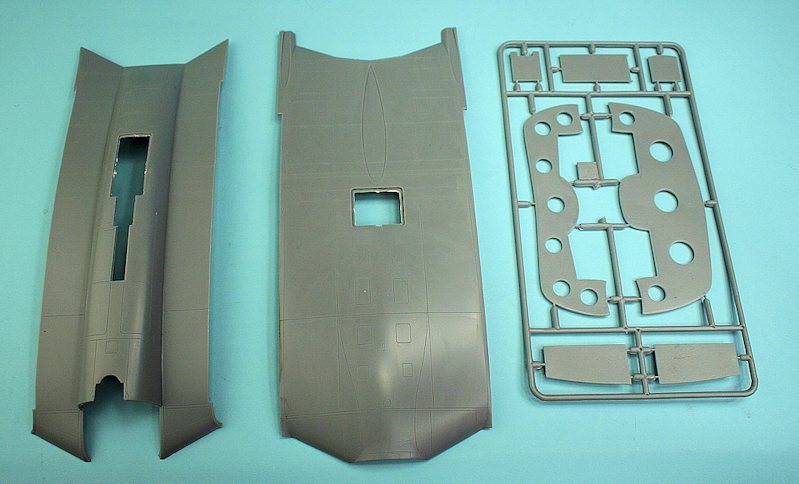
Lower and upper centre fuselage parts.
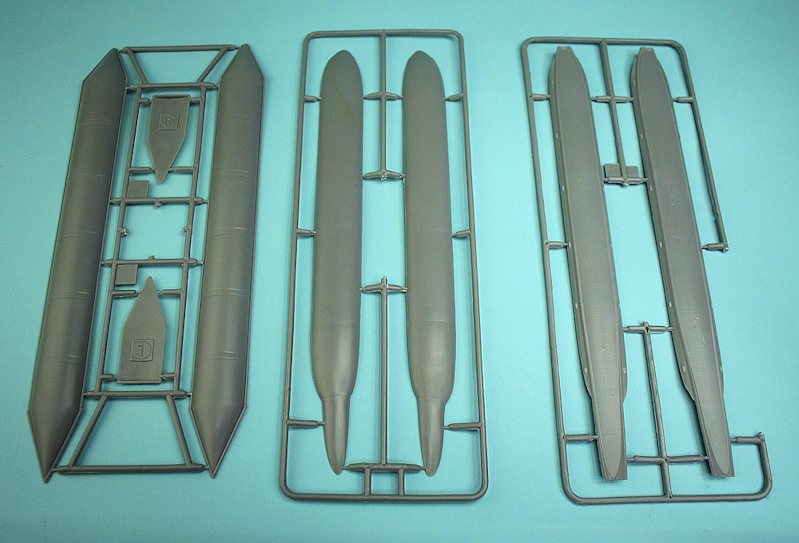
Rubber floats at left - solid bottoms of floats at right.
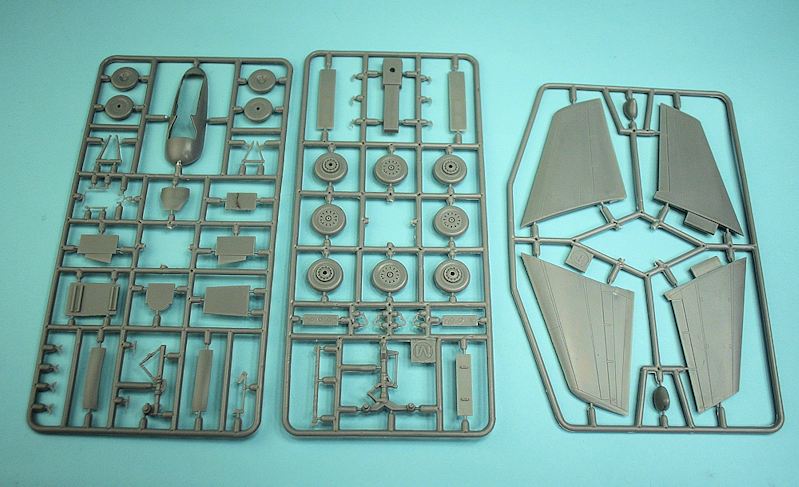
Wheel bays, wheels, stabilisers and fins.
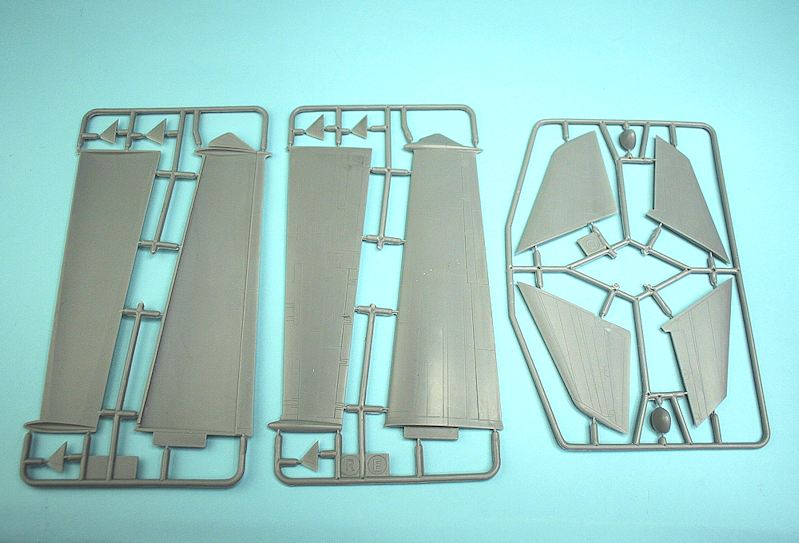
Wings and stabs.
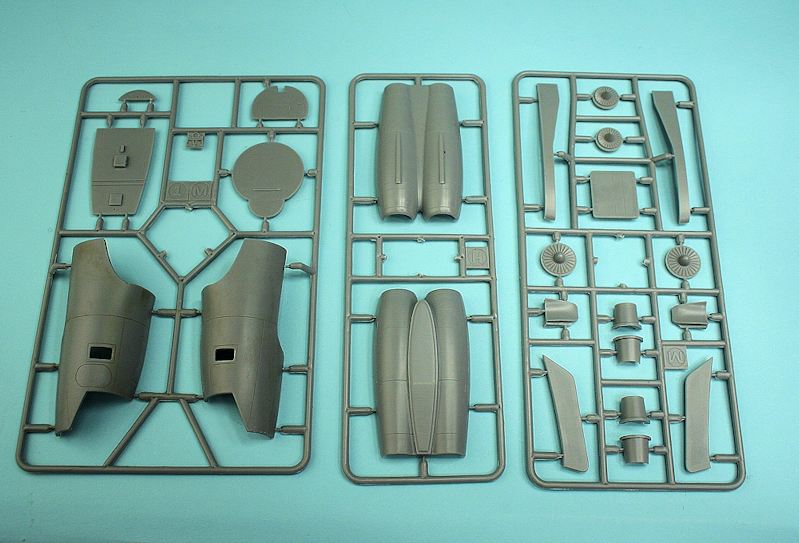
Crew compartment, engine nacelles and parts.
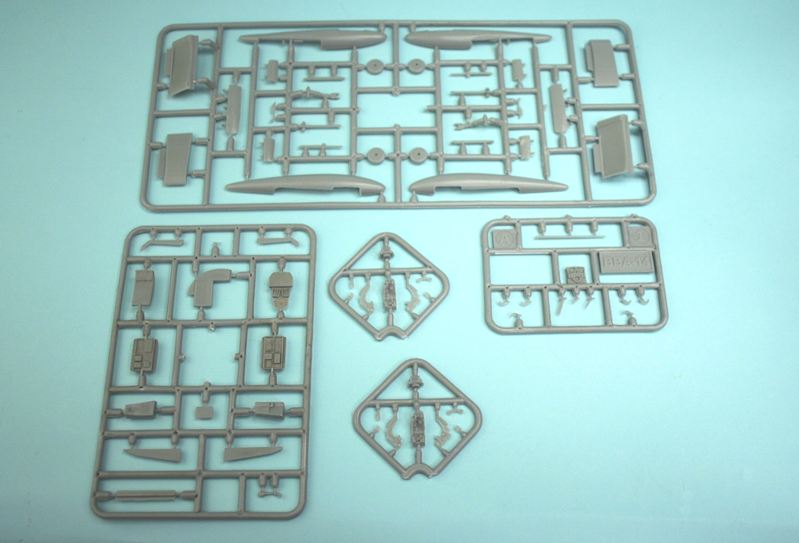
Outriggers at top, cockpit interior and ejection seats.
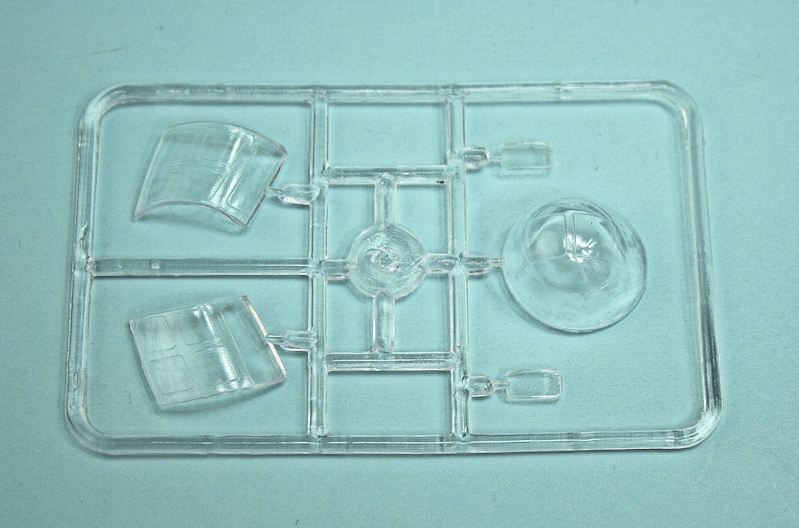
Clear parts.
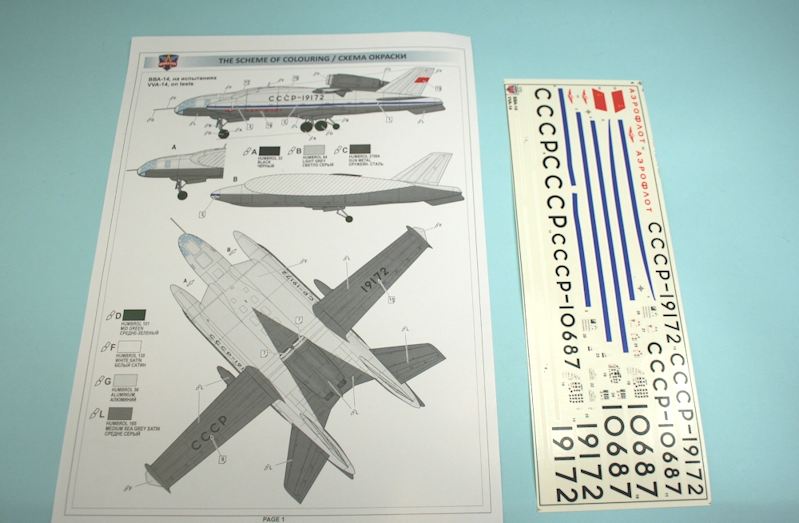
Painting guide and decal sheet - note the serial numbers for the 14M1P - CCCP-10687 - possibly a future release.
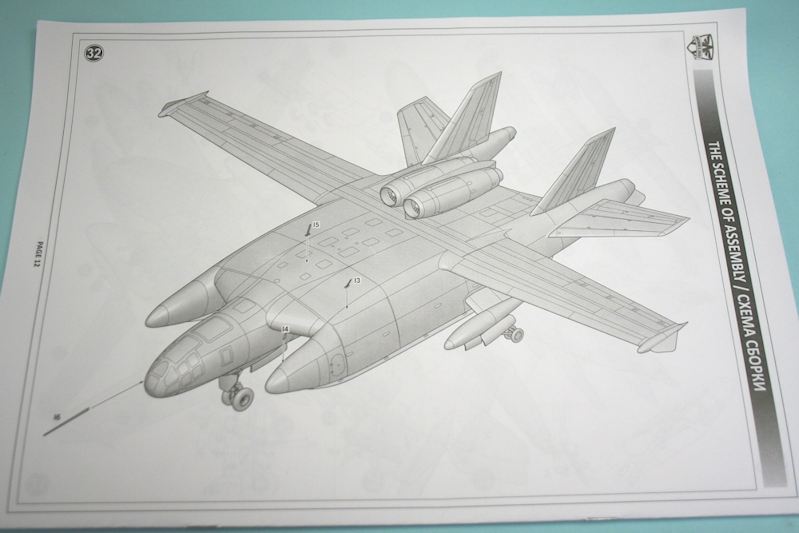
Last page of the instruction booklet.
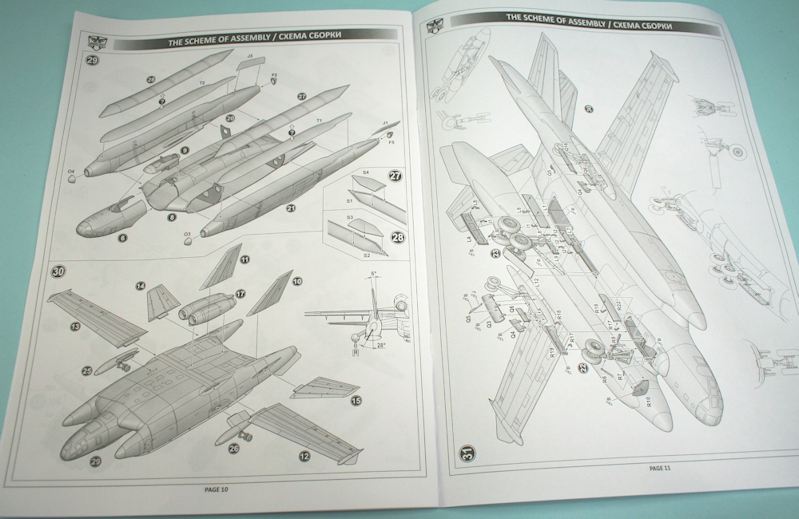
Well laid out instructions.
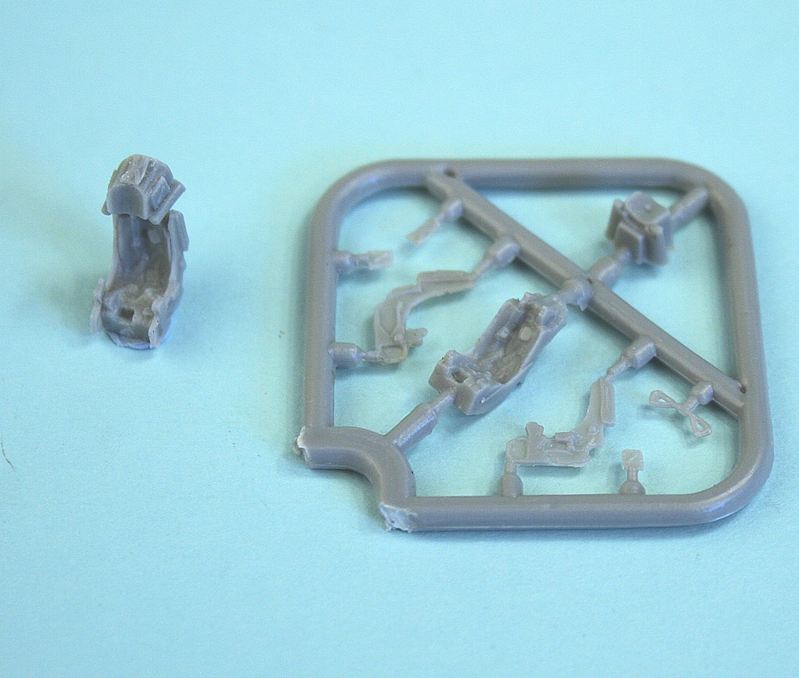
Early type K-36 ejection seat - made up from 8 parts.
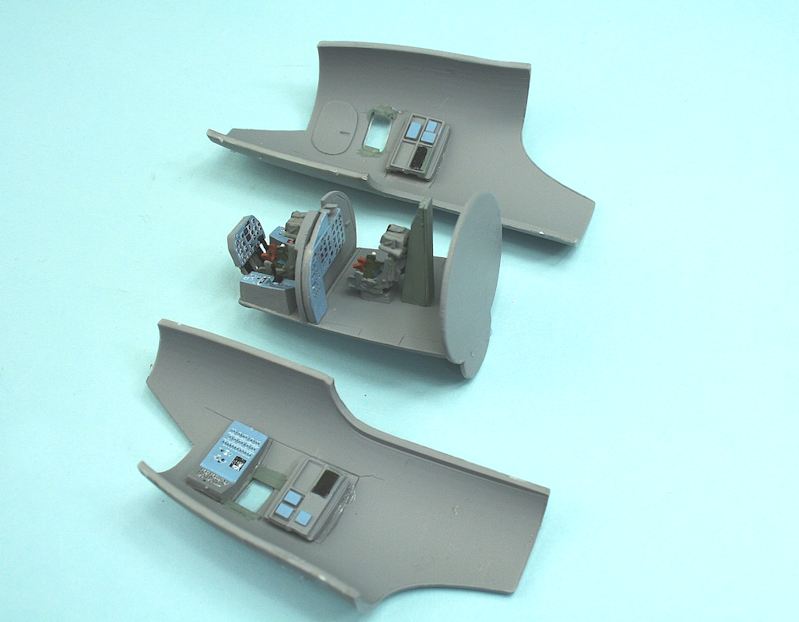
Pilot and navigator crew stations.
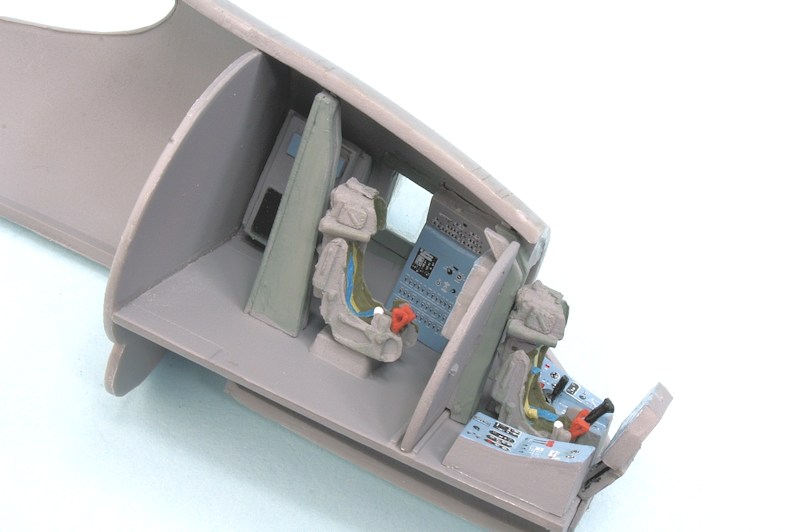
The navigators rear compartment will be hidden once the cockpit is fully assembled.
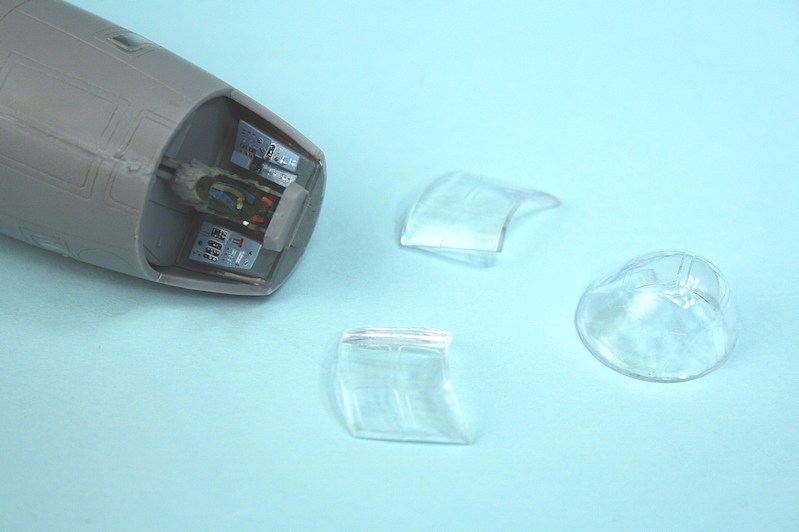
Cockpit glazing.
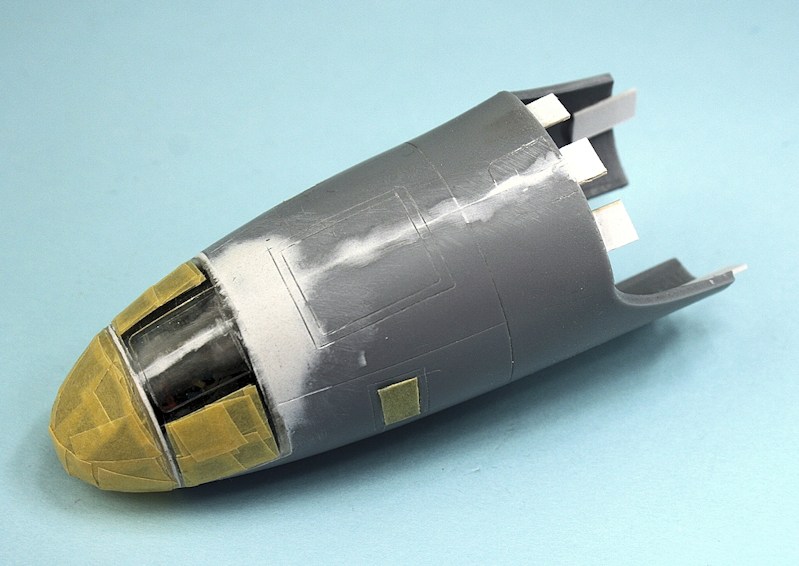
Lots of blending in needed. Note the addition of plastic tabs to help align the nose to the rear fuselage.
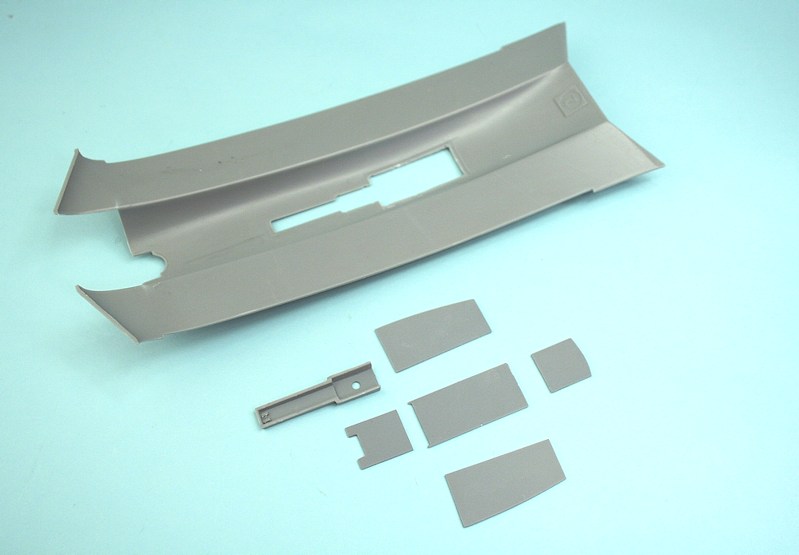
Main wheel well components and lower fuselage.
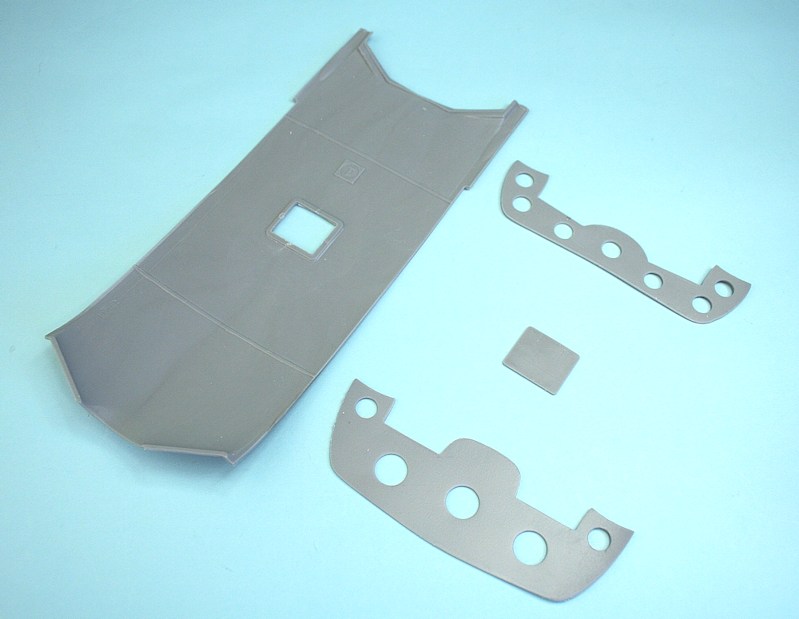
Upper fuselage and bulkheads. - The square hatch needs its edges sanding down to sit flush.
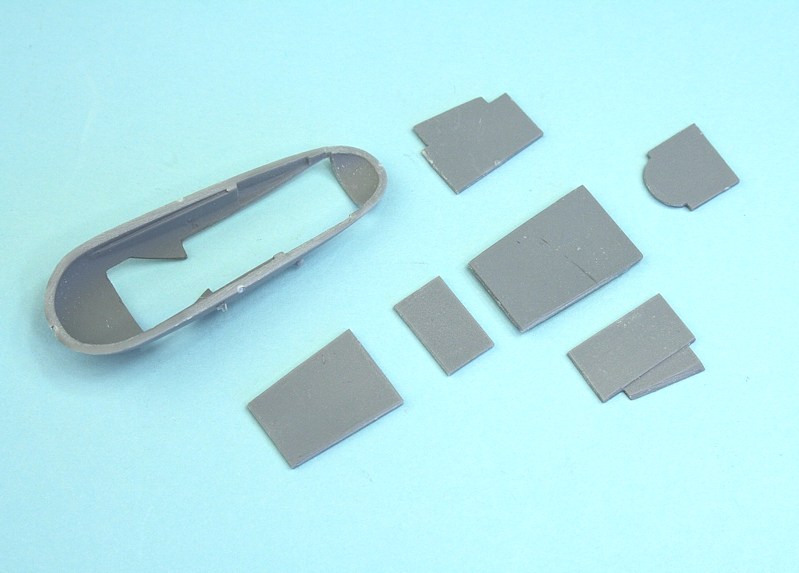
Nose wheel bay parts.
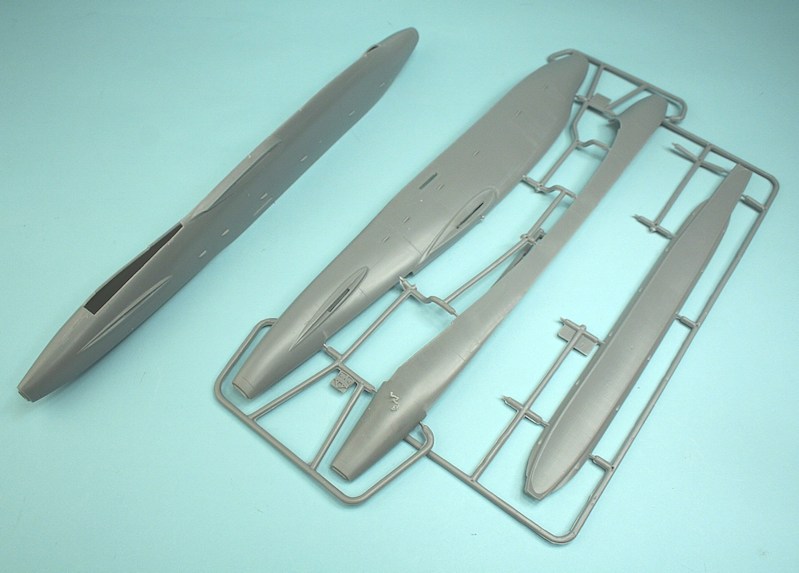
Assembled sponson at left - parts at right.
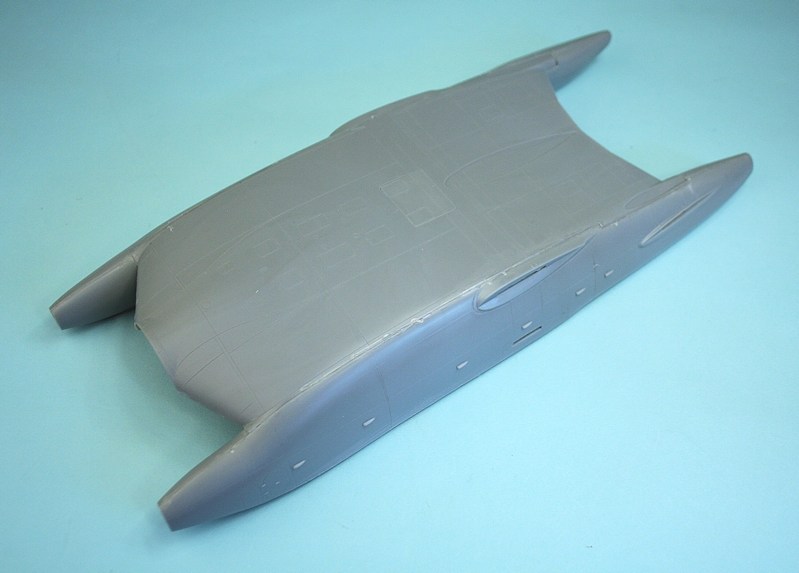
Sponsons attached to the centre section.
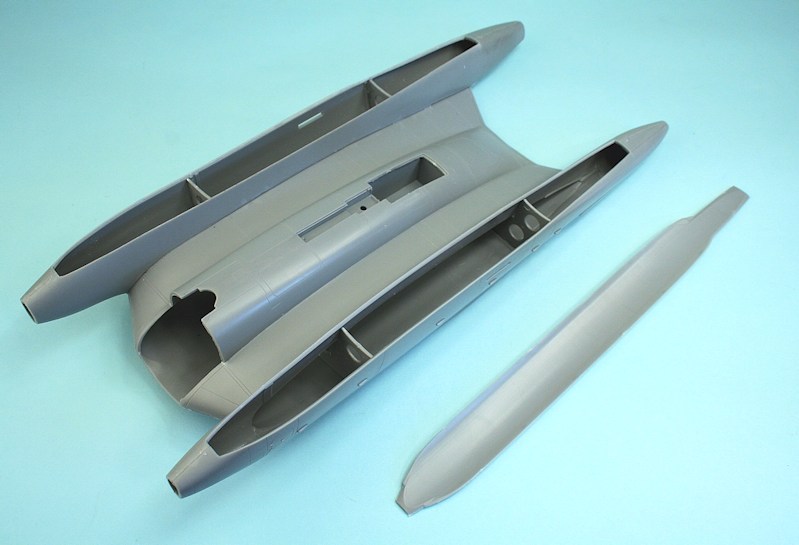
Bottom of sponsons.

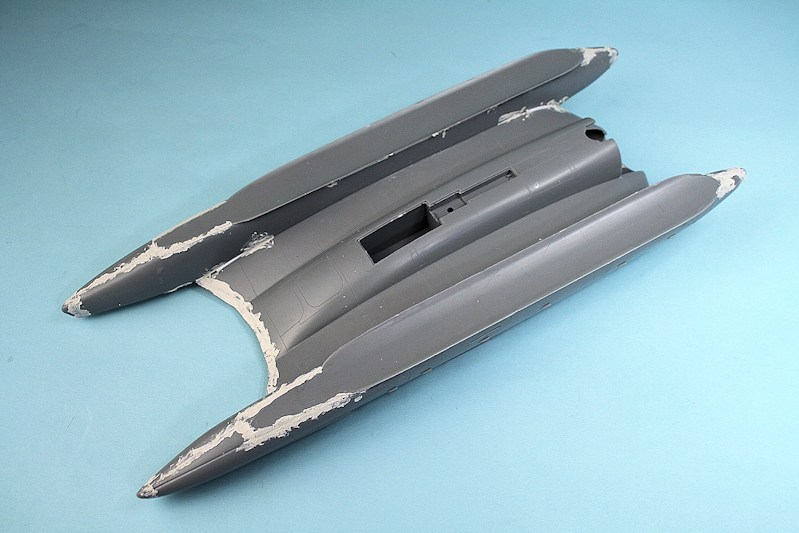
... including the undersides.
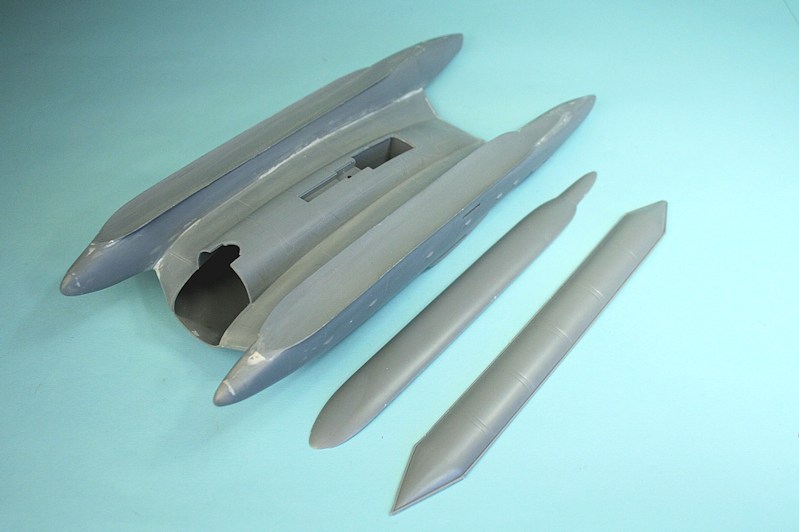
Alternate parts for the floats - solid cover or exposed (but not inflated) rubber.
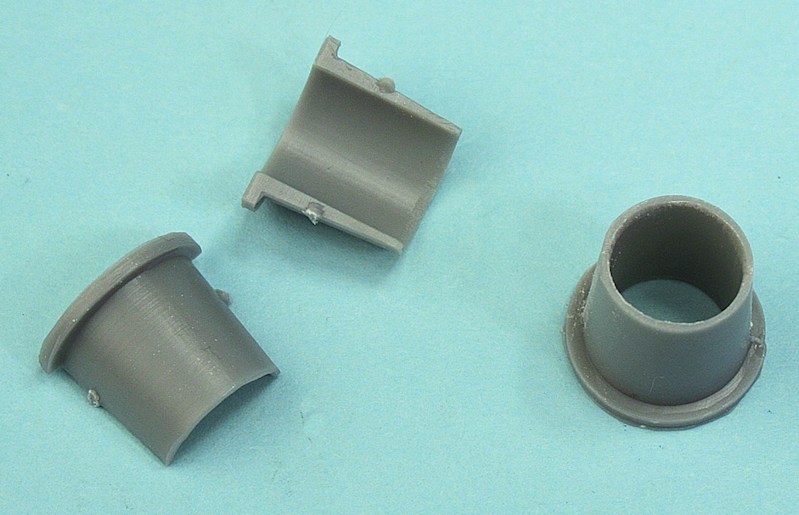
Jetpipes.
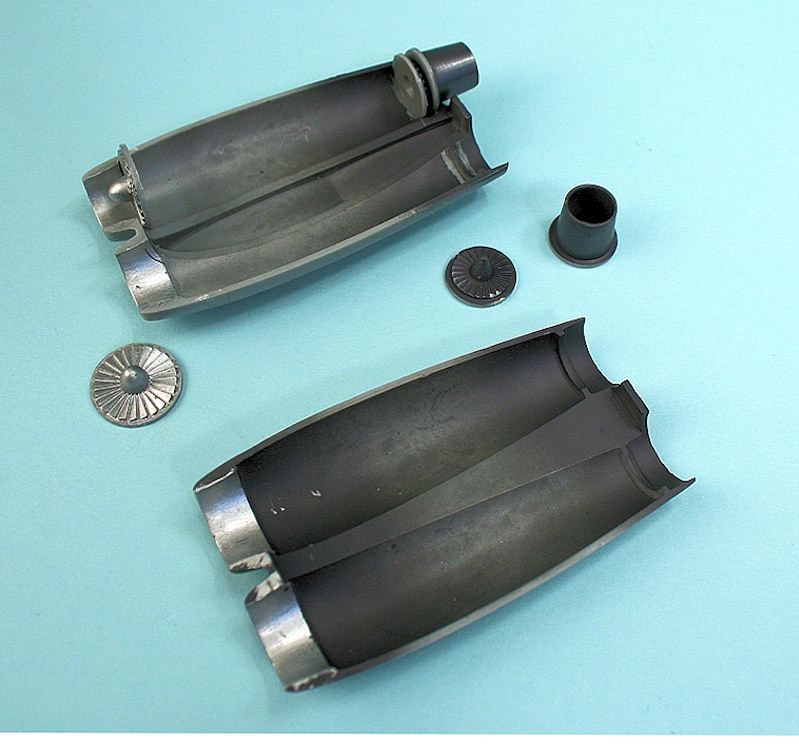
Engine components
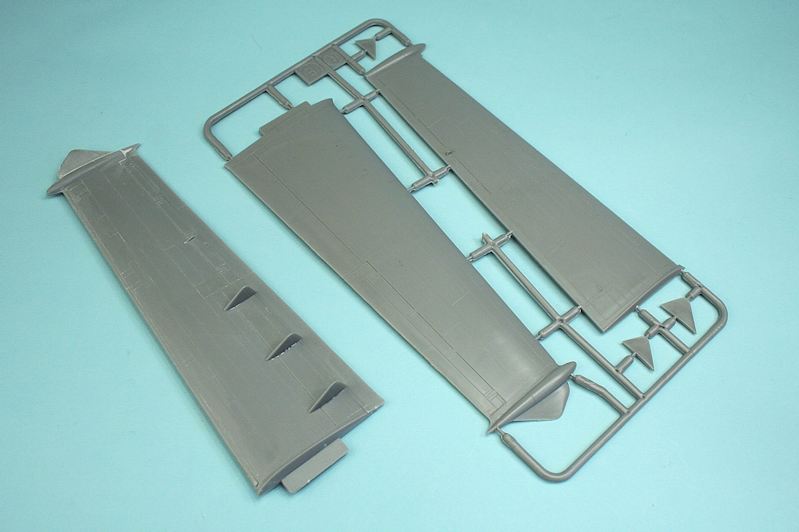
Wings with flap actuator covers attached.
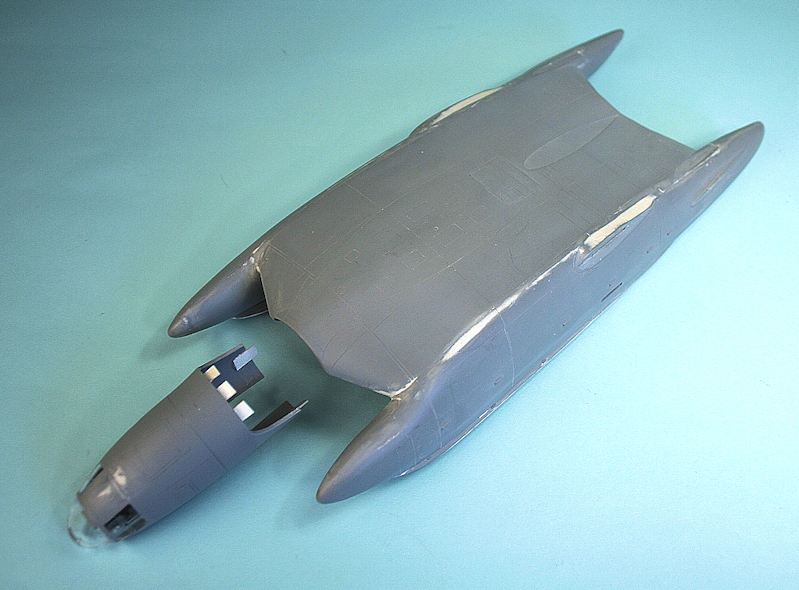
Nose section and main body.
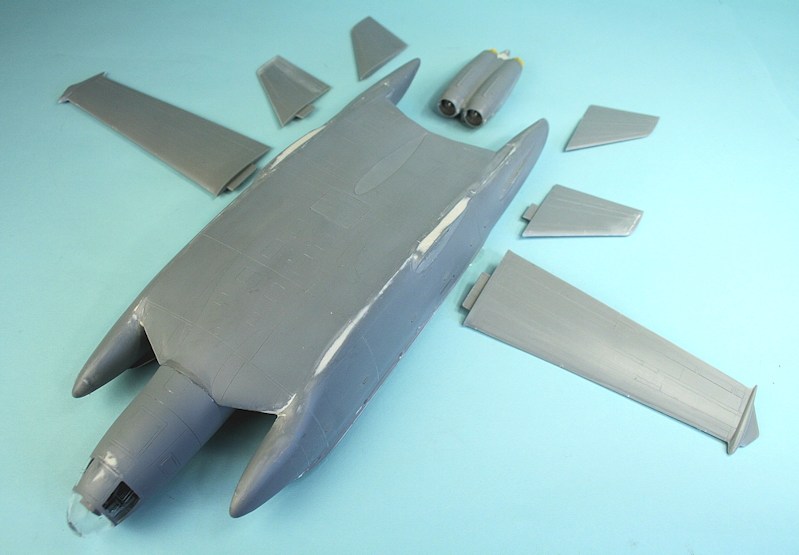
All the major assemblies.
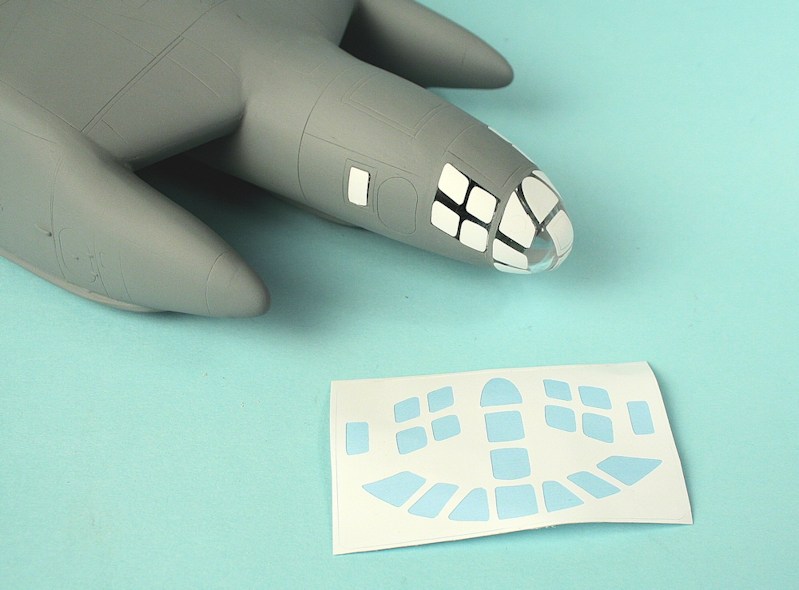
Modelsvit provide canopy masks - but they don't all fit the engraved lines.
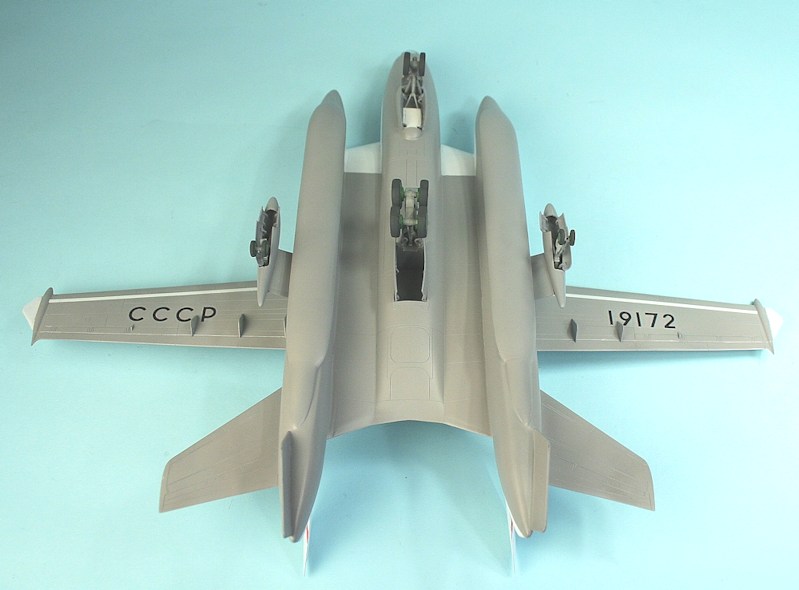
Underside of completed model.
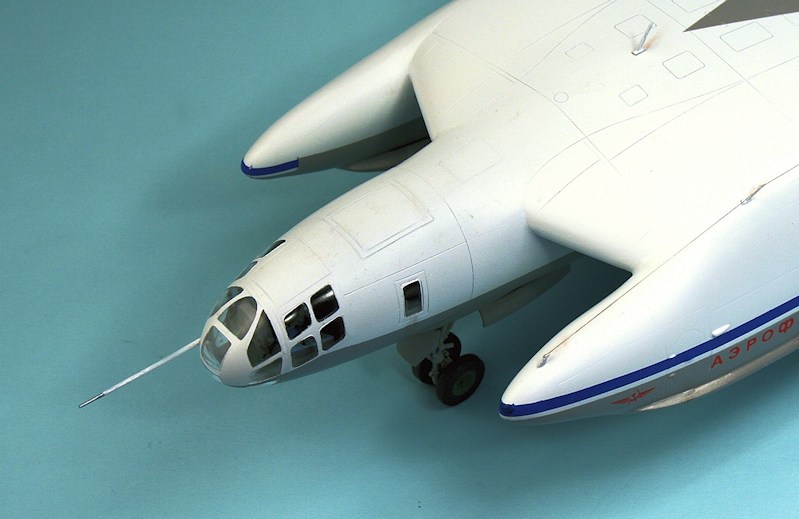
Close up of nose section.
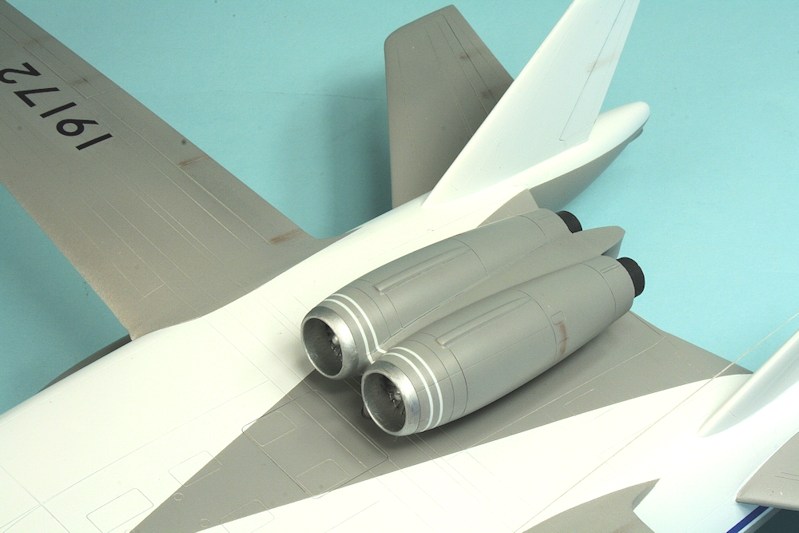
Engines.
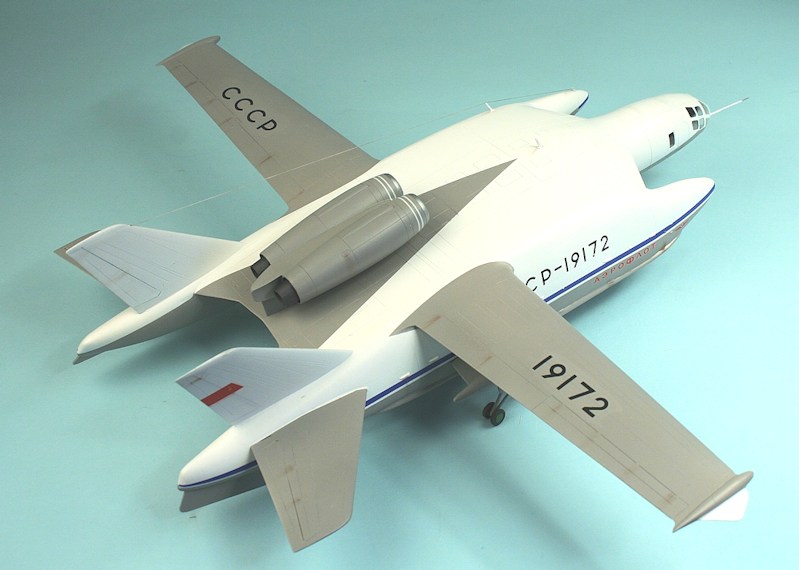
The grey triangle on the upper fuselage should extend further forward - not discovered until after completion.....
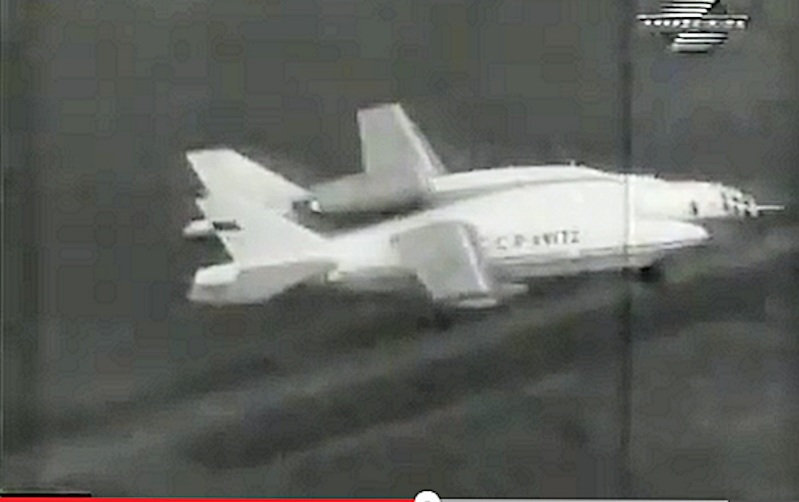
Screen cature from video showing the grey triangle - note also the white lines on the wings.
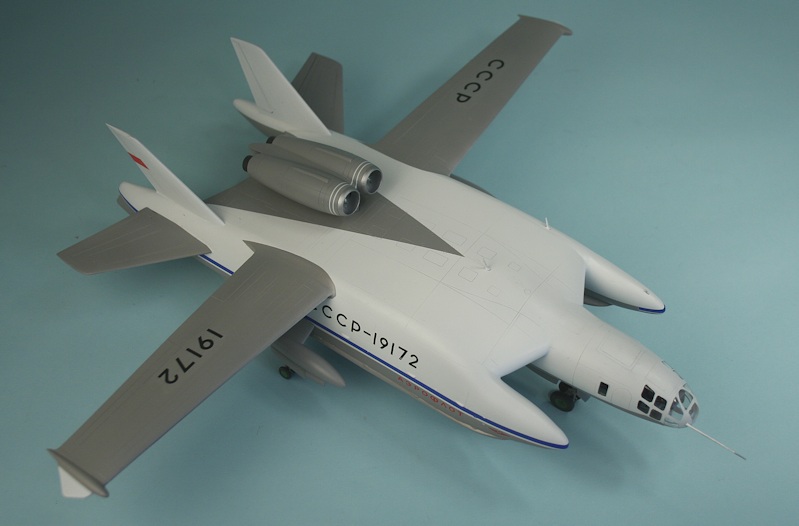
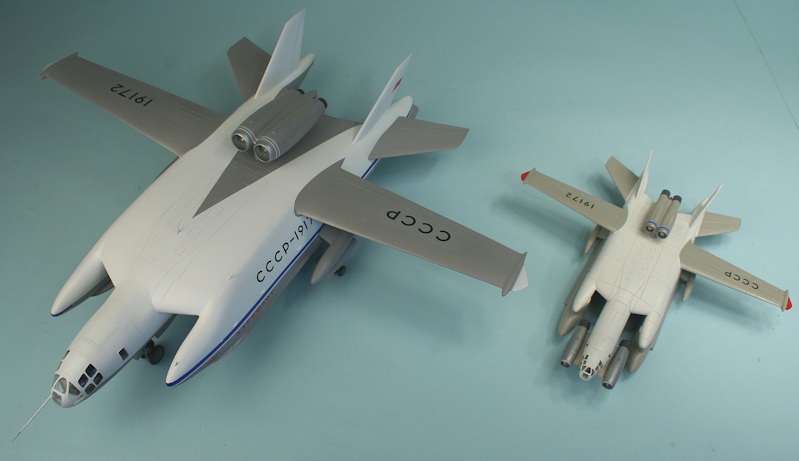
Modelsvit 1:72 VVA-14 next to Anigrand 1:144 14M1P
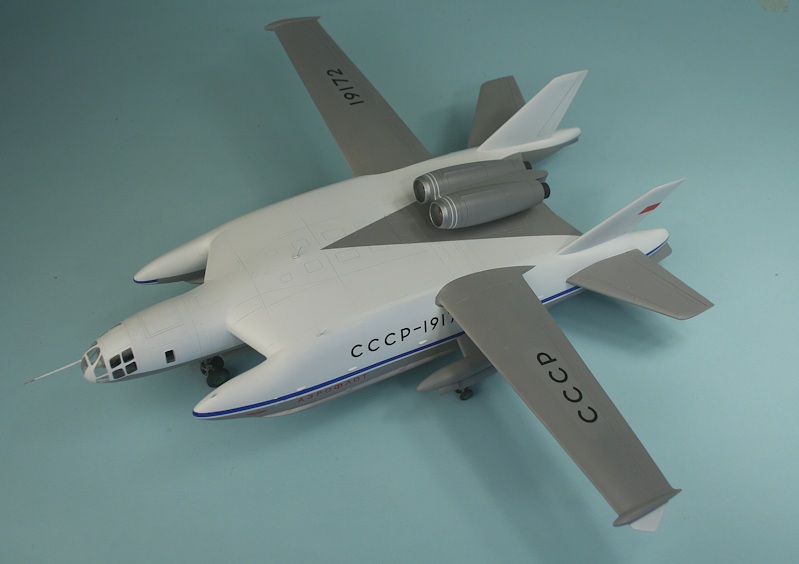
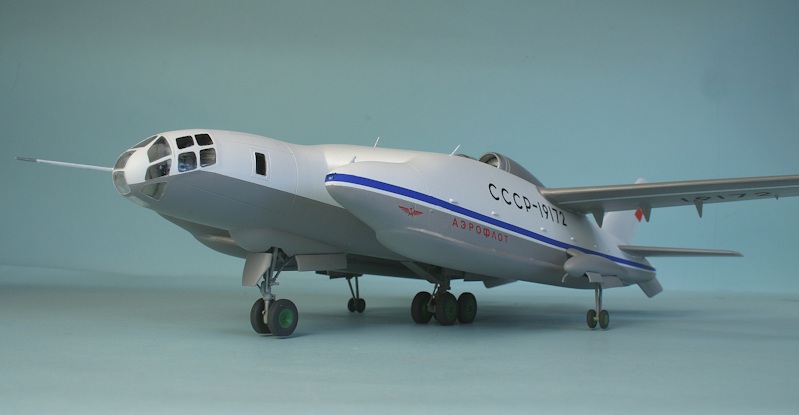
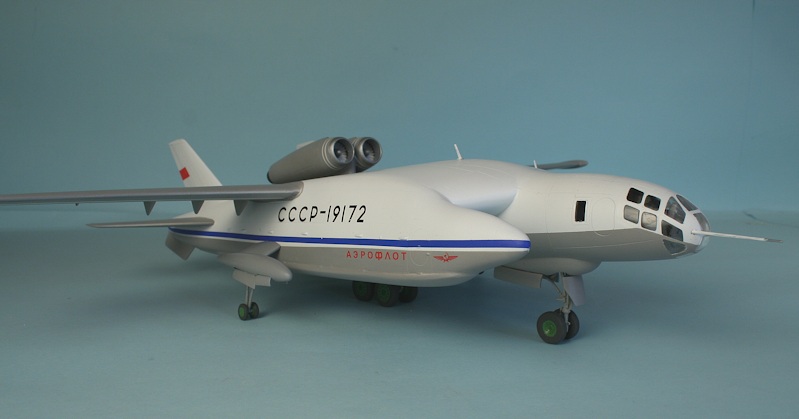
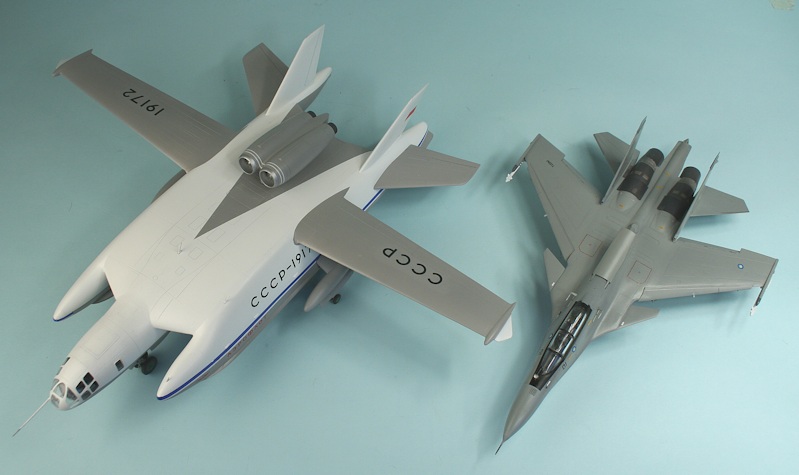
Size comparison next to a Su-30MKM
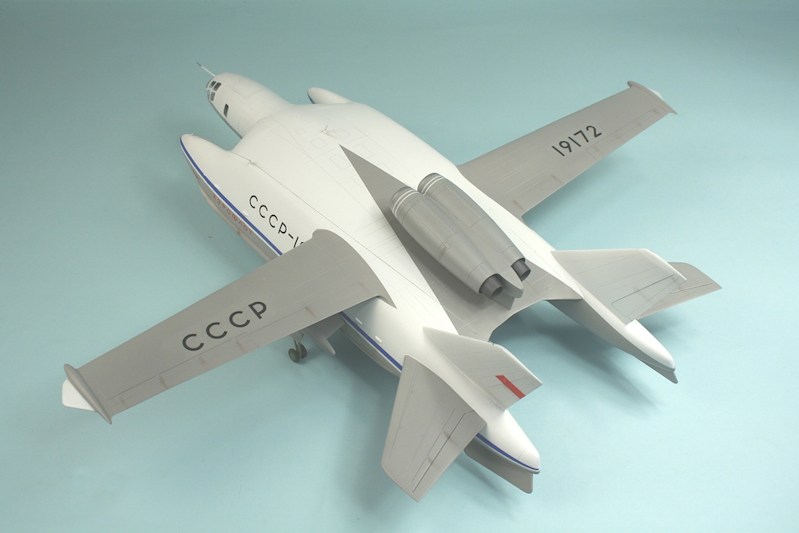
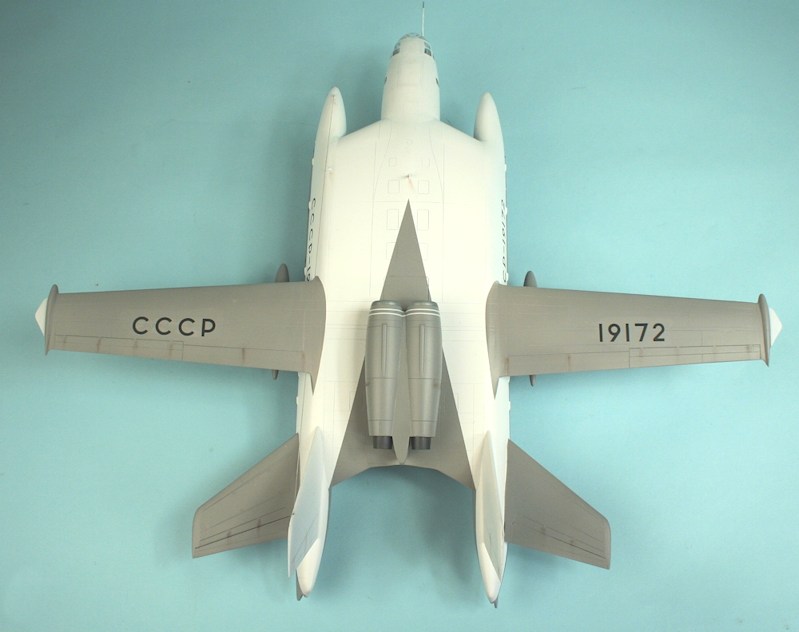
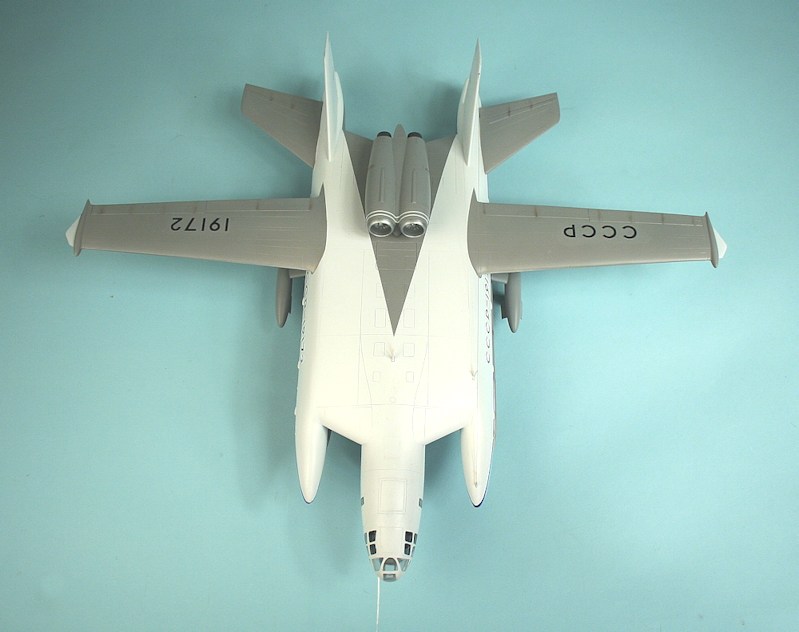
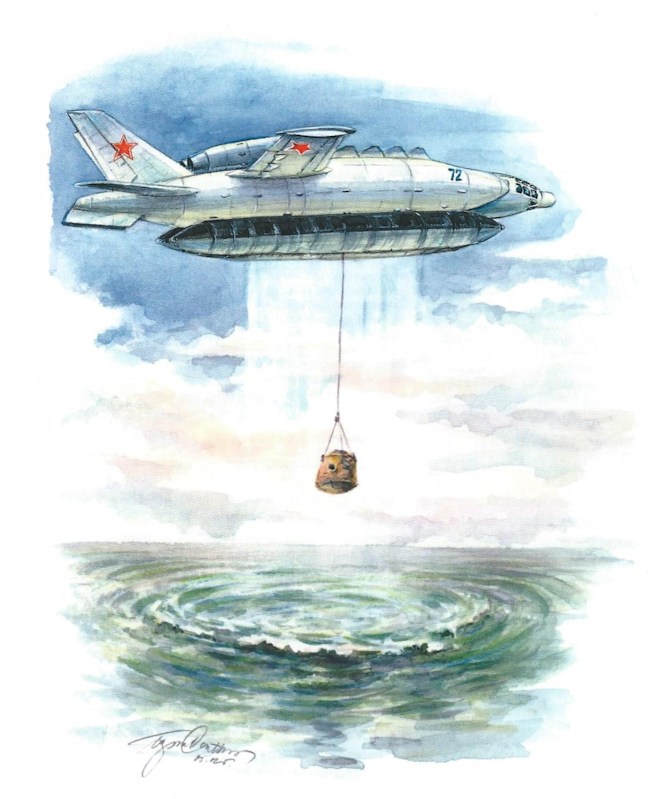
How it should have been - no undercarriage, inflatable rubber floats and 12 lift engines
VTOL Version
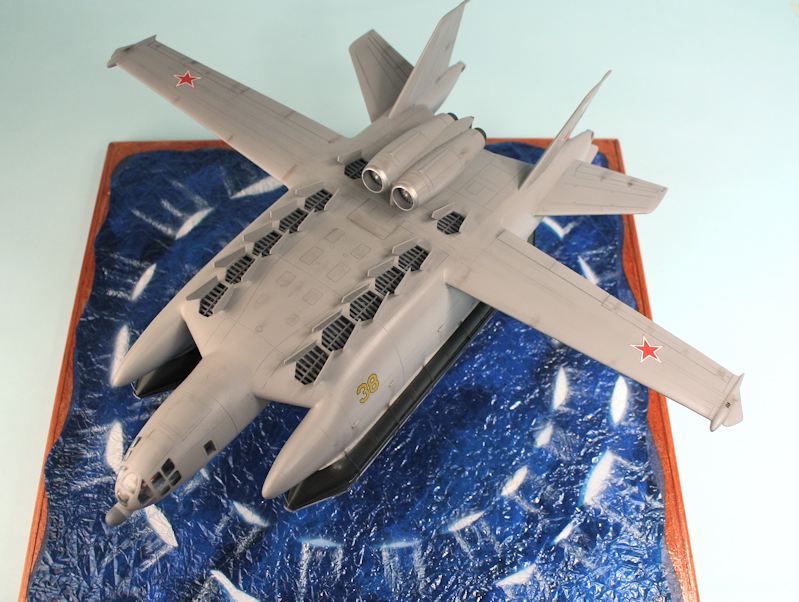
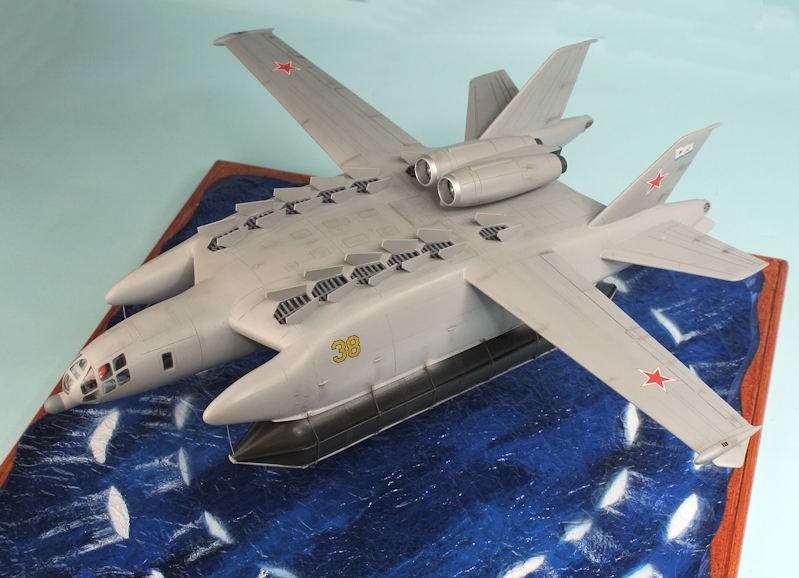
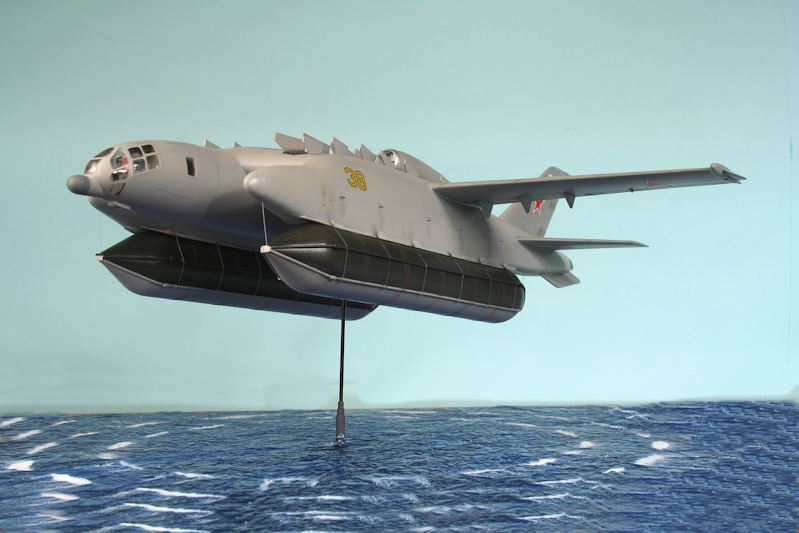
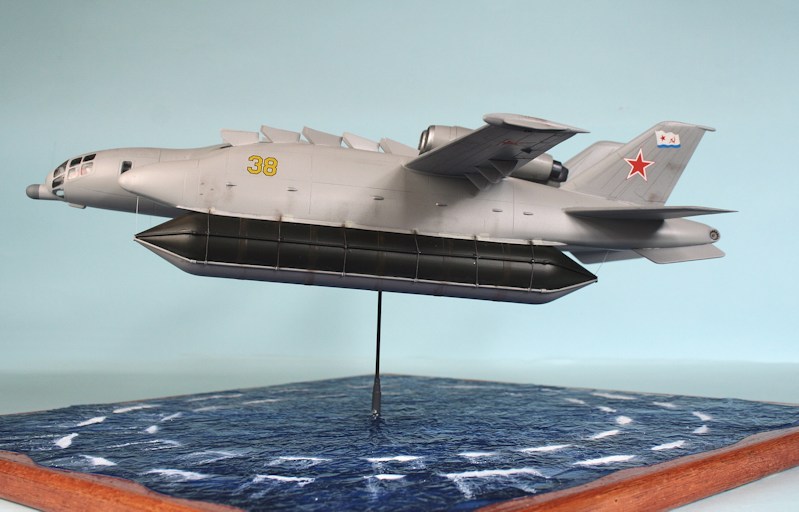
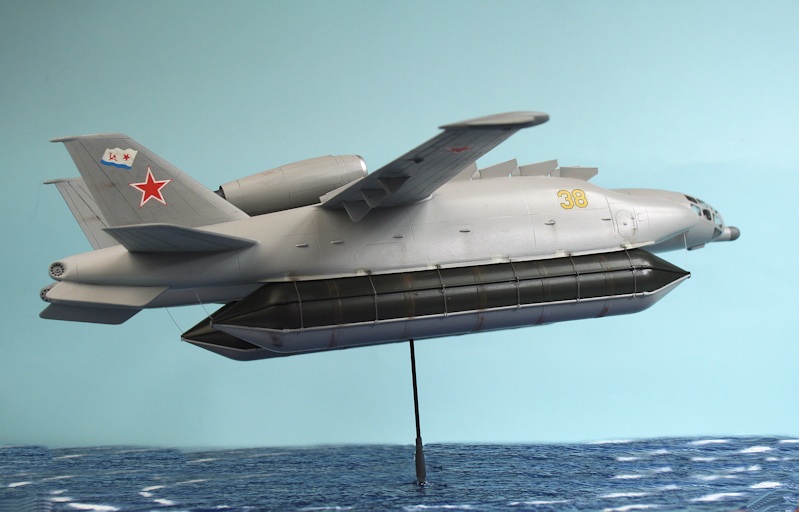
Feb 2015